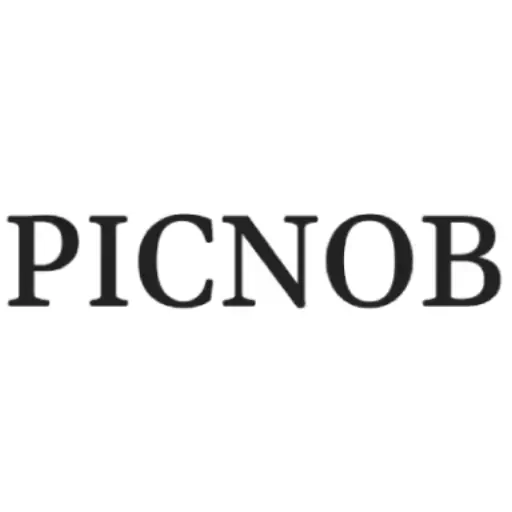
Tent Setup Secrets: A Step-by-Step Guide for Flawless Events
Setting up a tent for flawless events requires proper site selection, anchor security, frame assembly, and final detailing like sidewalls and lighting. Whether it’s a wedding, corporate function, or outdoor party, using the right tools and techniques ensures stability, aesthetics, and safety. This guide walks you through a pro-level setup from start to finish.
Table Of Content
One of the most crucial aspects of event management is setting up the layout and shelter in the confines of which you want to welcome and cater to your audience. It forms a successful foundation that allows you to create a smooth flow of operations before, during, and after an event. And an evergreen staple to help create this foundation is the setup of your tent. Choosing the right tent for your event is, in itself, an intricate task that requires a thoughtful approach. You need to select the right size, frame, and material, and keep in mind the durability and modular properties. However, the advantage of swift and seamless tent setup is often undervalued. A tent with the right setup mechanism can help you save a lot of time and effort, ensuring that you invest your undivided focus on audience engagement and brand visibility.
Organizing a successful event starts with a perfect tent setup. It’s more than just unfolding fabric—there’s planning, precision, and technique involved. From assessing the ground to securely anchoring the tent and enhancing it with elegant features like draping or lighting, each step plays a vital role in creating a memorable and safe experience. This guide unveils the secrets event professionals use to set up tents that withstand weather and wow guests.
Pro Tent Setup Tips for Perfect Events
- Choose the Right Location
Ensure a level ground with enough space, avoiding overhead wires and underground utilities. - Secure the Anchors Firmly
Use stakes, water barrels, or concrete weights depending on ground type and tent size. - Assemble the Frame Carefully
Follow instructions precisely; assemble from the center outward to ensure balance. - Install Fabric and Sidewalls
Attach fabric tightly; use clear or solid sidewalls based on weather and visual goals. - Add Lighting and Decor Last
String lights, chandeliers, or floral arrangements can enhance the ambiance dramatically.
A well-set-up custom tent is the underdog of your outdoor events. It can easily make or break your success, so instead of treating it like a last-minute chore, you must prioritize choosing a quality tent. A minor mistake in your tent setup can throw off your entire event. However, a professionally planned setup can help you secure and safeguard it from unpredictable conditions. From correctly assessing the layout to pinning the last stake, a successful tent setup can help elevate your presence and make it a comfortable event for your attendees. Keeping an eye out for little details that can topple your setup and ensuring that everything is in place can help you with hosting an event to remember.
In this article, we will uncover tent setup secrets and unveil a step-by-step guide that you can use to conduct flawless outdoor events. If you are participating in a trade show or conducting a business event, the right tent setup can create an environment that draws people in, ensuring the success of your event.
Make Your Event Unforgettable And a Success With Smart Tent Setup
- Choose The Right Tent For The Event
Before setting up your tent, selecting the right size and style of your tent that suits the theme of your event is extremely crucial. Frame canopy tents are suitable for small events and don’t require center poles. If you are conducting your event in a grassy area, pole tents can be the best fit. They provide a classic look with dramatic peaks. Clear span tents are heavy-duty and ideal for large-scale and long-term events such as trade show exhibits.
- Survey and Prep The Site
A perfectly leveled ground with no obstructions is a blessing; however, even in its absence, you don’t have to lose your cool. Walking the site beforehand and taking note of any steep slopes or underground utilities can help you plan strategically. Mowing the lawn, removing debris, and ensuring enough clearance in the required perimeter can help you set up your tent with ease. Additionally, marking utility lines with spray paint or flags can help you find the right tent.
- Checking The Weather Forecast and Planning For It Accordingly
Keeping your tent equipped in case of emergencies, such as harsh winds, heavy downpours, or sudden changes in temperatures, by installing sidewalls and tent weights or stakes, depending on the weather conditions, allows you to prepare for any possible calamity. Adding fans, heaters, or misters, depending on how the weather turns, can help create a cozy and comfortable environment. Using liners or tent air-conditioning during summer can create a seamless outdoor experience.
- Assemble the Tools and Team
A small crew is suitable for setting up a basic tent, but large events require some additional tools and staff. Keeping with yourself basic tools such as a mallet, tent stakes, ratchet straps, and ladders can come in handy at any time. Assigning roles to different members of your team, such as stake manager, frame assembler, or anchor team, can help you manage the event properly. Before setting up your tent with tools, always wear gloves and closed-toe shoes to ensure safety.
- Follow a Logical Assembly Process
Finding shortcuts for tent setup is equivalent to digging your own grave. It can lead to pitfalls and shortcomings that can hide in plain sight. Laying out all the components and verifying the inventory, assembling the base frame and laying out the anchor points, raising the tent slowly and evenly with as many poles and frames as needed, securing the tent with stakes and weights, and finally adding any sidewalls, interior decor, or lighting can help you achieve the perfect tent setup.
End Note
A tent setup is not just about laying a canvas over the anchors and frames; it’s about creating a welcoming and professional environment that can help you take the right steps toward flawless events. Choosing the right tent for the event, surveying and prepping the site, checking the weather forecast, assembling the tools, and following a logical assembly process allow you to host your next event with confidence and ensure that your tent stands out as strong yet aesthetic.
1. How do I secure an event tent in windy conditions?
Use heavy-duty stakes, concrete anchors, or water barrels depending on your ground type. Proper anchoring ensures your tent stays stable even during gusts.
2. What is the best type of tent for outdoor events?
Frame tents and pole tents are popular. Frame tents offer flexibility on hard surfaces, while pole tents create a traditional look and need soft ground for stakes.
3. How can I light an event tent beautifully?
Use string lights, chandeliers, or LED uplights. Lighting should match the event’s mood while ensuring visibility and safety inside the tent.
4. Do I need professional help for large tent setups?
For tents over 20×40 ft or in high-traffic events, professional setup is recommended to ensure safety, structural integrity, and local compliance.





